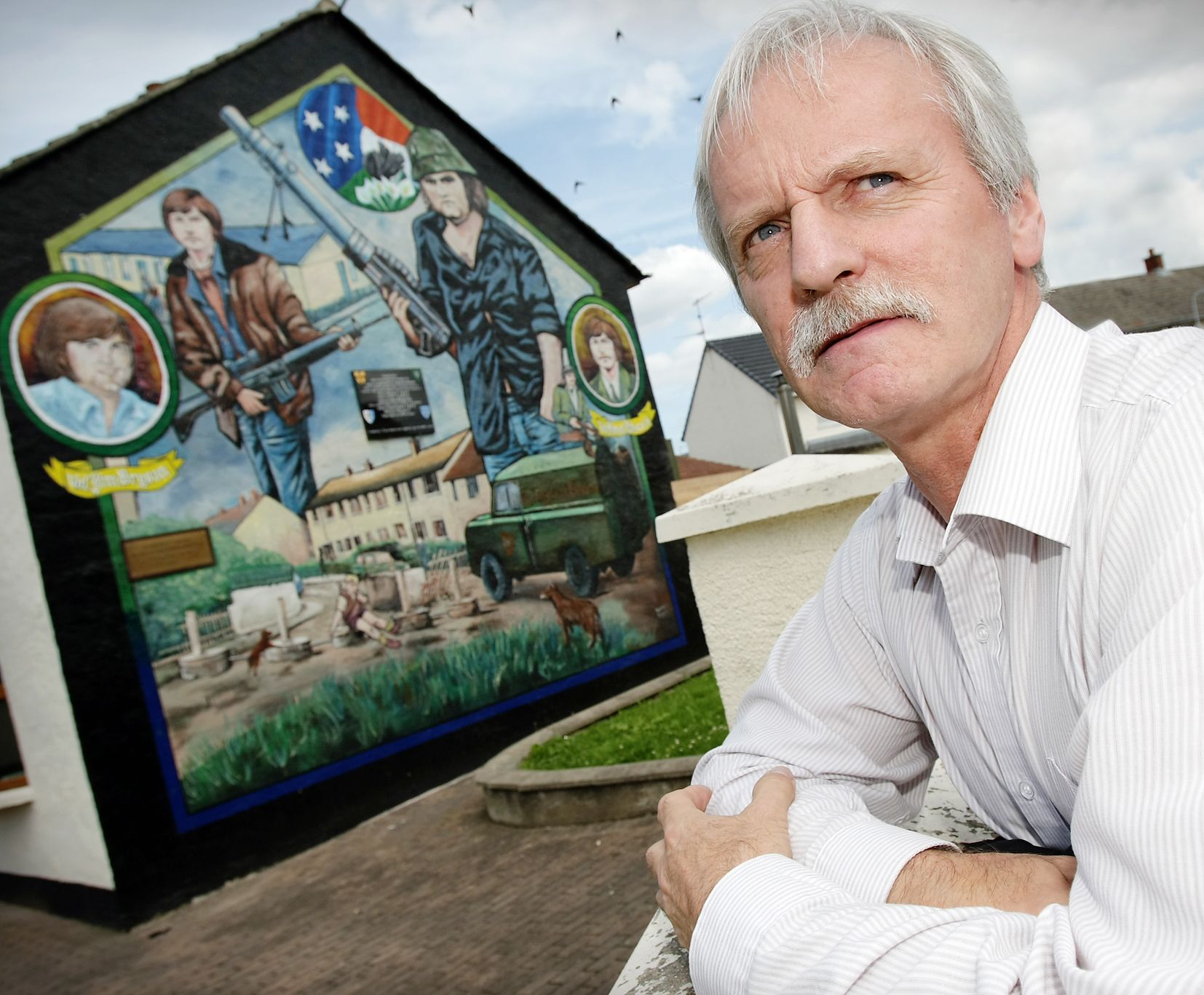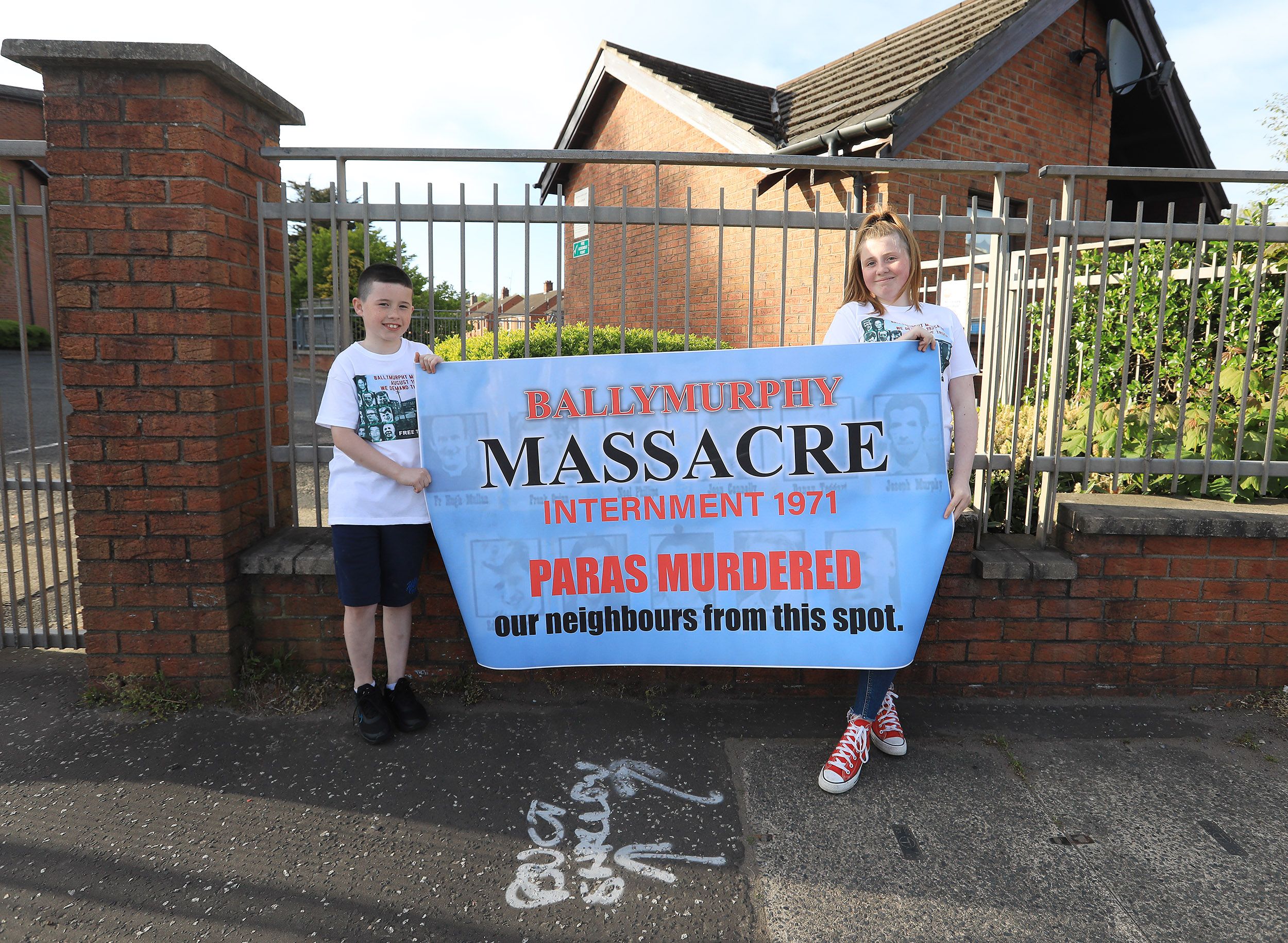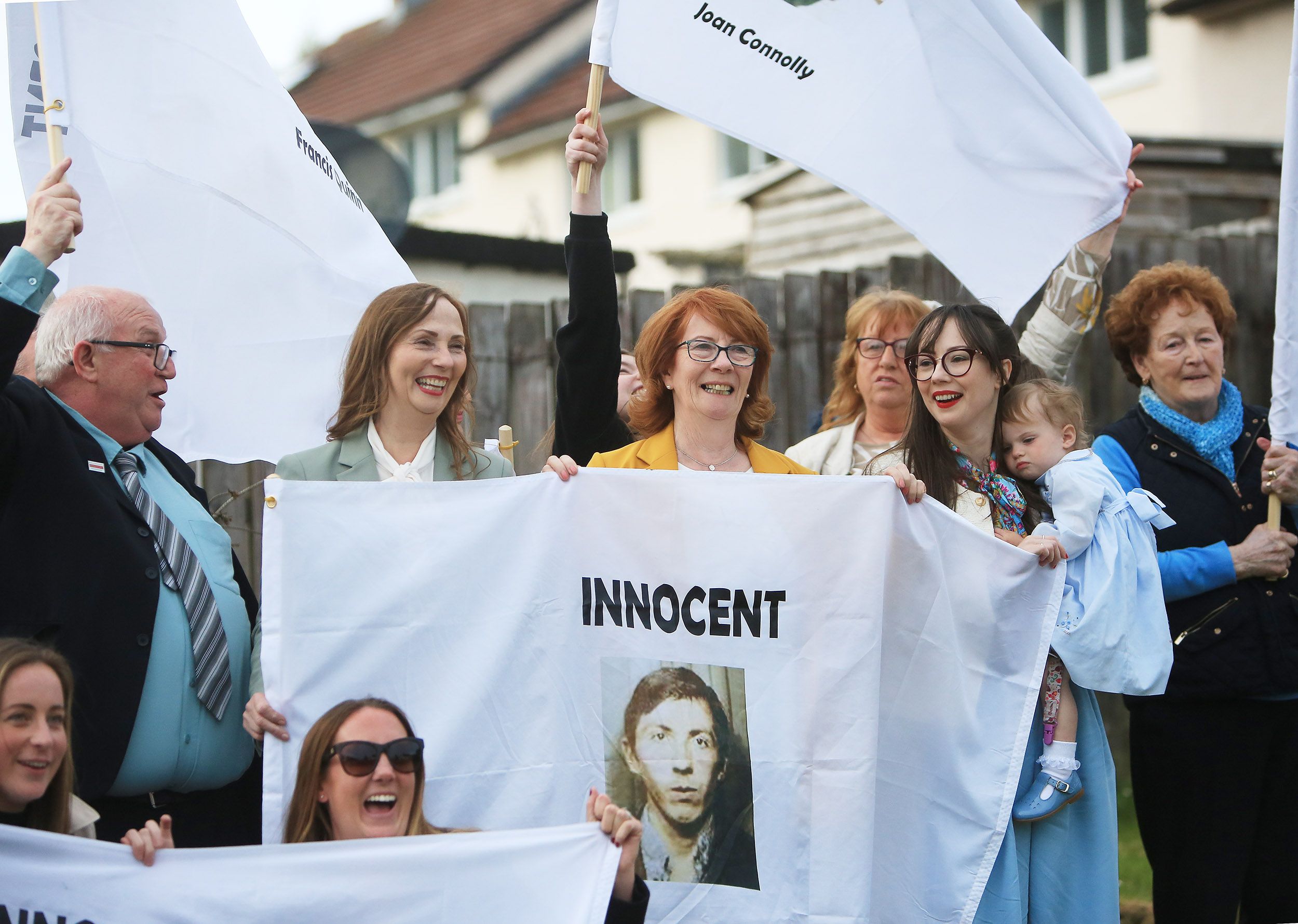Belfastmedia.com invited Ciarán de Baróid, one of the first people to raise his voice for the families of the victims of the Ballymurphy Massacre, to reflect on this week's Inquest finding that all the victims were innocent.
In August 1971, on the first day of what would become known as the Ballymurphy Massacre, I was working in the Cork shipyard. I arrived home that evening to banner headlines. ‘Insurrection’ the Evening Echo screamed and went on to give a confused account of the violence that had erupted across the North following the introduction of internment without trial.
How that day and the coming days played out in Ballymurphy would only become clear when I came to work and live there in early 1972.
On the night of my arrival in Belfast to take up the post of youth worker at the Ballymurphy community centre, I was treated by the Tenants’ Association, who ran the centre, to an evening in Casement Park GAA Club in Andersonstown.
But it wasn’t just the families who were affected. The anger and hurt percolated across the entire community like ink in a bottle of water. And it seemed that nothing could be done to reverse the narrative.
There, I first heard the horrific stories of murder and brutality that had been inflicted on a civilian population over a period of three days by 600 British paratroopers who had run amok among them in an orgy of violence, shooting as many as forty people.
Among those who died was Paddy McCarthy, my predecessor at the community centre who suffered a heart attack during an encounter with the soldiers. To crown the horrors endured by the community, the British claimed that the ten people shot dead were ‘gunmen’ and a ‘gun woman’.
STANDARD-BEARER FOR JUSTICE: Ciarán de Baróid pictured in Ballymurphy in 2010.
Over the coming years I would get to know many of the relatives of those who had died during the internment operation, people who had to carry the pain of loss of a loved one and live with the lies of the British state. But it wasn’t just the families who were affected. The anger and hurt percolated across the entire community like ink in a bottle of water. And it seemed that nothing could be done to reverse the narrative.
The Innocent
— Pádraig Ó Muirigh (@pomuirigh) May 11, 2021
After 50 years the Ballymurphy families finally have legal vindication! #BallymurphyInquest pic.twitter.com/AdROTZybeN
Listening to those stories, and the many other stories of killings, torture, injustice, oppression, courage and resistance that followed, prompted me to eventually write 'Ballymurphy and the Irish War,' not as my book but as a document that would at least give voice to the struggles of that community.
When writing about the Ballymurphy Massacre, I interviewed many of the relatives and survivors.
This was never meant to be a forensic investigation of the killings. It was part of an overall community history. But the accounts of the people who lived through the trauma are as harrowing today as they were then.
VINDICATON: At the Ballymurphy Massacre cavalcade.
One of the most poignant comments came from Mary Murphy whose husband, Joseph, had been shot at the ‘Manse’ and who later died as a result of the wound and the terrible injuries sustained at the hands of the paratroopers in the Henry Taggart base.
"Our men were murdered, you know," Mary said. "They were shot down in the streets like dogs; and there wasn’t one, not one, to get up and say."
Well Mary, you didn’t live to see it, but many would, eventually, get up and say.
With the dignity and dogged resilience characteristic of the Ballymurphy community, the families and their supporters would rally, organise, campaign and eventually bring the British state to heel and force the inquest that would demolish the lies of the British army - with its long and shameful history - and proclaim the innocence of those who died on the streets of Ballymurphy during the terrible days of August 1971.
I am one of many who consider themselves proud and privileged to have known such remarkable families and such a remarkable community.




